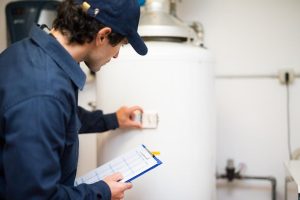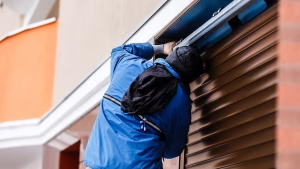Installing a cold room at home can be a cost-effective and energy-efficient way to preserve food, beverages, or even sensitive equipment.
While commercial cold rooms are common in industries like food storage and pharmaceuticals, a growing number of homeowners are taking the DIY route to set up compact cold rooms in garages, basements, or outdoor sheds.
Here’s what you should know about DIY cold room installation.
1. Understanding the Purpose of a Cold Room
A cold room is essentially a walk-in refrigeration unit designed to maintain a consistent, low temperature. Homeowners often use them for:
- Bulk food storage (especially for hunting, farming, or meal prepping)
- Wine or beverage chilling
- Storing temperature-sensitive items like seeds or garden produce
DIY cold rooms can range in size from a small closet-sized unit to a full-room installation.
2. Planning and Design
Proper planning is key. Determine the size of your cold room based on what you intend to store and where you will install it. Factors to consider include:
- Location: Choose a shaded, insulated area like a basement or insulated shed.
- Ventilation: Ensure proper airflow and moisture control.
- Access: Plan for easy entry and exit with proper door sealing.
Sketch out a design that includes space for shelving, lighting, and refrigeration units. This will also assist you in determining the amount of insulation and paneling required.
3. Materials and Insulation
The core of any cold room is the cold room panels which provide good insulation. You’ll need:
- Insulated panels: Typically polyurethane or polystyrene with steel or aluminum cladding.
- Vapor barrier: Prevents moisture buildup inside walls.
- Insulated doors: Commercial-grade doors with rubber gaskets ensure airtight sealing.
Aim for a minimum of 100mm (4 inches) of insulation for efficient cooling, especially if your cold room will be exposed to outdoor temperatures.
4. Refrigeration Units
Choosing the right refrigeration system is crucial. There are two primary types:
- Monoblock systems: Easier for DIYers, as they are compact and mounted directly on the cold room wall.
- Split systems: More efficient for larger areas but demand greater technical expertise for installation.
The system should be chosen based on the volume of your cold room and the temperature you wish to maintain. Home cold rooms typically maintain temperatures between 0°C to 5°C (32°F to 41°F).
5. Installation Steps
Here’s a simplified outline of the installation process:
- Build or prep the structure: Construct walls using insulated panels or line existing walls with insulation and vapor barriers.
- Install flooring: Use insulated flooring or raised platforms to prevent cold loss.
- Fit the door: Ensure it closes tightly and has proper gaskets.
- Mount the refrigeration unit: Follow the manufacturer’s instructions for wall-mounted or ceiling-mounted units.
- Seal and test: Use silicone sealants to prevent air leaks. Test the unit for 24-48 hours before storing any items.
6. Common Challenges
- Air leaks: Even small gaps can cause condensation and energy waste.
- Condensation: Improper vapor barriers or poor sealing may lead to moisture damage or mold.
- Electrical load: Cold rooms require significant power. Ensure your circuit can handle it or consult an electrician.
7. Safety and Regulations
While DIY installation is possible, always follow local building codes and safety standards. Incorrect installation may result in fire hazards or health issues caused by mold growth or food contamination. It’s also wise to install a thermometer and alarm system to monitor internal temperature.
Conclusion
A DIY cold room can be a valuable addition to your home, offering long-term savings and food preservation convenience. However, it requires thoughtful planning, quality materials, and careful execution.If in doubt, consult a cold room manufacturer to review your design or assist with complex steps. With the right approach, you can enjoy a functional and reliable cold storage solution for years to come.








